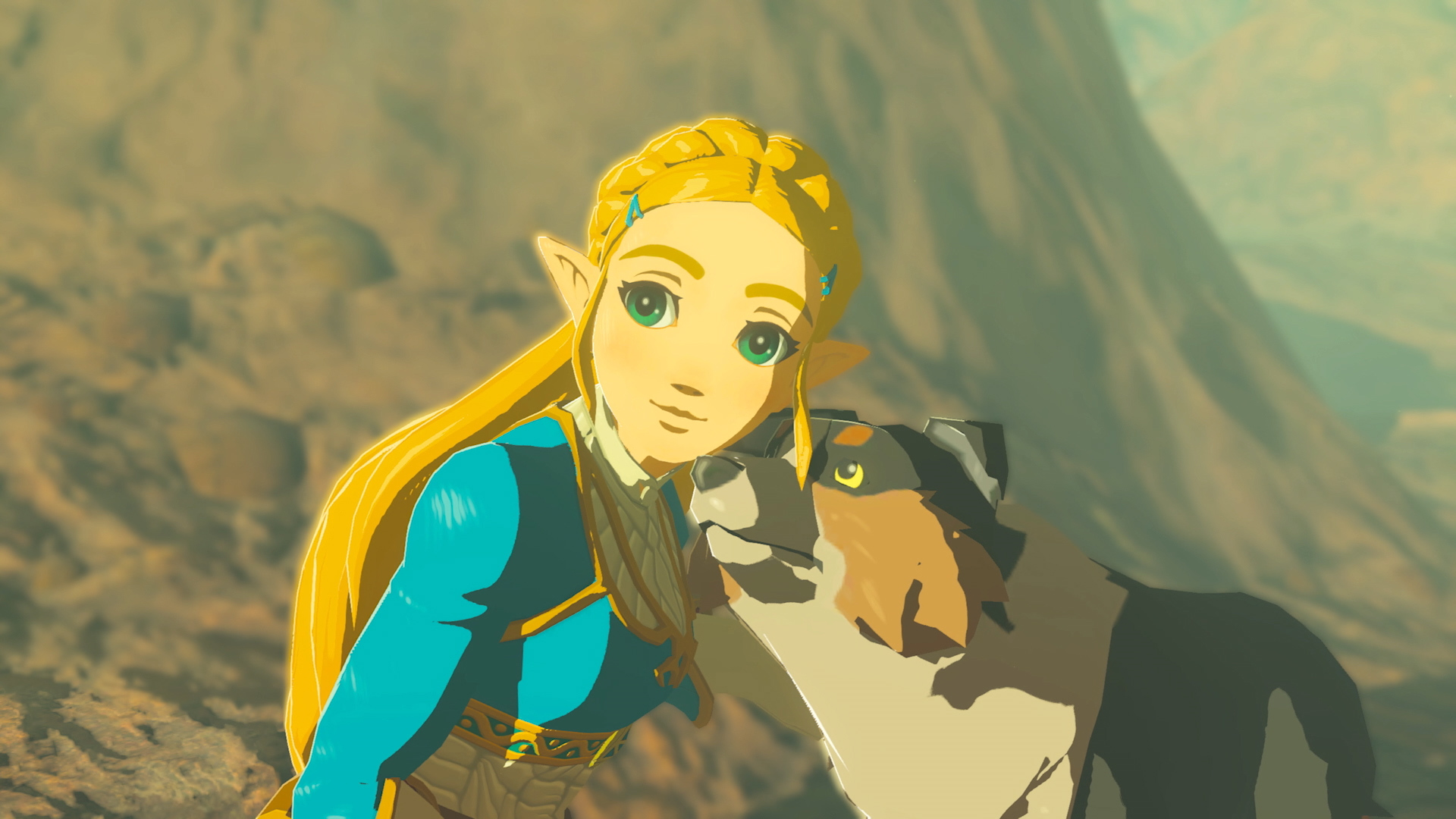The Nintendo Switch 2 has burst onto the gaming scene with an undeniable roar, shattering sales records and quickly establishing itself as a dominant force in the console market. With over 3.5 million units sold within its first four days, the console’s launch has been nothing short of spectacular, setting a new benchmark for Nintendo. Yet, amidst this triumph, a curious paradox emerges: the performance of many third-party games on the platform appears to be a more complex story, with some titles reportedly struggling to capture player attention at launch, Cyberpunk 2077 being a notable exception.
A Powerful Platform for Developers
The Switch 2 brings significant technical advancements to the table, offering developers enhanced capabilities that translate into a superior gaming experience. Titles are benefiting from improved resolution, higher frame rates, and richer graphical details, particularly when the console is docked. Games like Minecraft and Dragon Quest Heroes 1 & 2 exemplify these improvements, showcasing better view distances and smoother performance compared to their predecessors on the original Switch. These upgrades are designed to make third-party titles more appealing and competitive, offering a more immersive experience for players.
Backward Compatibility and Upgrade Paths
One of the Switch 2’s most user-friendly features is its robust backward compatibility, allowing players to enjoy a vast library of games from the original Switch. This ensures a seamless transition for existing Switch owners and provides a massive catalog of content from day one. Furthermore, for select titles, developers are offering upgrade packages that enhance older games to leverage the new console’s power. This approach provides a pathway for beloved classics to find new life on the Switch 2, potentially boosting their sales and engagement on the new hardware.
The Nuance of Third-Party Performance
Despite the console’s technical prowess and massive install base, the journey for third-party games on the Switch 2 isn’t uniformly smooth. While specific reasons for individual title performance vary, the initial reports suggest that not all non-Nintendo games are achieving the same level of commercial success as the console itself. This could stem from a variety of factors, including market saturation, competition from Nintendo’s own strong first-party lineup, or the challenge of standing out in a rapidly expanding digital storefront. Developers are continually adapting their strategies to best utilize the Switch 2’s unique hybrid nature, appealing to both home console enthusiasts and portable gamers.
- Record-breaking Console Sales: Over 3.5 million units sold in 4 days.
- Enhanced Graphics & Performance: Improved resolution, frame rates, and visual fidelity for third-party titles.
- Extensive Backward Compatibility: Access to a vast library of original Switch games.
- Strategic Developer Adaptations: Continuous efforts to optimize games for the Switch 2’s unique capabilities.
As the Nintendo Switch 2 continues its impressive trajectory towards an anticipated 15 million units sold in 2025, the narrative around third-party game sales remains dynamic. While the console provides a powerful and versatile platform, the success of individual titles will ultimately depend on a blend of quality, marketing, and strategic positioning within a competitive market. The coming months will reveal how developers and publishers navigate this exciting, yet challenging, new era for the Nintendo ecosystem.
Source: https://www.polygon.com/608015/nintendo-switch-2-third-party-game-sales
